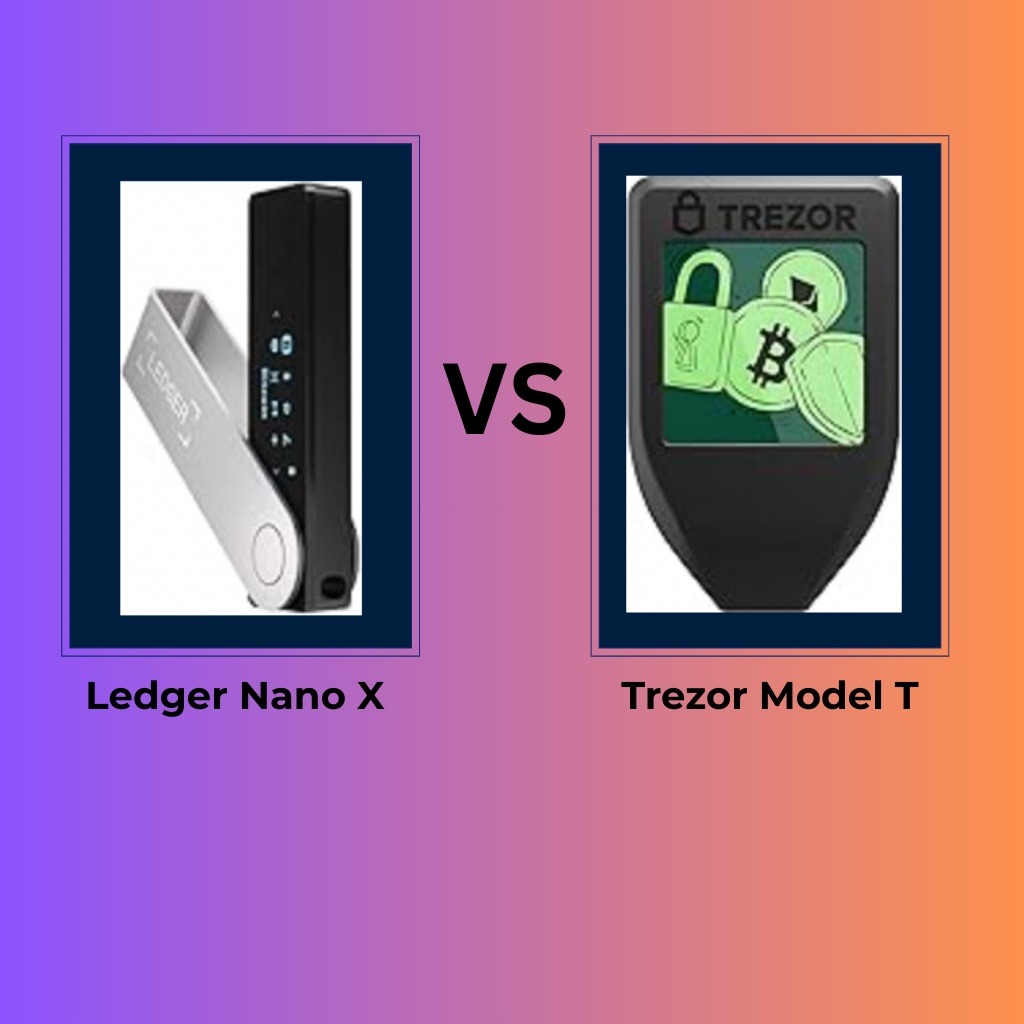Crypto Security: Safeguarding Your Digital Assets in a Volatile World
Blockchain: The backbone of Crypto World
- July 28, 2025
- 7:21 am
- Chinmay J
In the fast-evolving landscape of cryptocurrencies, security isn’t just a feature, it’s the foundation of trust. With billions in digital assets stolen annually, understanding crypto security is essential for both newcomers and seasoned investors. This blog explores the basics of blockchain, its role as the backbone of cryptocurrencies, how hacks occur despite its robust design, and practical steps to protect your holdings. We’ll draw on real-world examples from companies like Coinbase and Ledger to illustrate key points. By the end, you’ll have a comprehensive guide to navigating crypto safely.
The Basics of Blockchain: A Secure Digital Ledger
At its core, blockchain is a decentralized, distributed ledger technology that records transactions across a network of computers. Unlike traditional databases controlled by a single entity, blockchain operates on a peer-to-peer basis, ensuring transparency and immutability. Each “block” contains a list of transactions, timestamped and linked to the previous block via cryptographic hashes, forming a chain that’s nearly impossible to alter retroactively.Key features include:
- Decentralization: No central authority—data is stored across thousands of nodes, reducing single points of failure. For instance, Bitcoin’s network spans over 10,000 nodes worldwide, making it resilient to attacks.
- Immutability: Once a block is added, changing it requires altering all subsequent blocks and controlling over 50% of the network’s computing power—a feat that’s economically prohibitive for large blockchains.
- Consensus Mechanisms: These ensure agreement on transaction validity. Bitcoin uses Proof-of-Work (PoW), where miners solve complex puzzles to validate blocks, while Ethereum employs Proof-of-Stake (PoS), selecting validators based on staked coins for energy efficiency.
Blockchain’s origins trace back to Satoshi Nakamoto’s 2008 Bitcoin whitepaper, but its applications extend far beyond crypto, from supply chain tracking (e.g., IBM’s Food Trust) to voting systems. In essence, it’s a tamper-proof record-keeping system that democratizes trust in digital interactions.
Blockchain: The Backbone of Cryptocurrencies
Cryptocurrencies like Bitcoin and Ethereum wouldn’t exist without blockchain. It serves as the foundational infrastructure, enabling secure, transparent, and decentralized value transfer. Every crypto transaction is recorded on the blockchain, verified by the network, and added to the ledger, eliminating the need for intermediaries like banks.Blockchain’s role is multifaceted:
- Transaction Validation: Cryptocurrencies use blockchain to confirm ownership and prevent double-spending. For example, when you send Bitcoin, the network checks your balance via the ledger and broadcasts the transaction for miner validation.
- Smart Contracts: Ethereum’s blockchain introduced self-executing contracts that automate agreements. A DeFi lending platform like Aave uses smart contracts to release funds when conditions (e.g., collateral deposit) are met, reducing fraud and costs.
- Scalability and Innovation: Newer blockchains like Solana optimize for speed (up to 65,000 TPS), supporting high-volume applications. Without blockchain, cryptocurrencies would lack the security and trust needed for global adoption.
In short, blockchain is the “backbone” because it provides the immutable framework on which crypto’s value proposition—decentralized finance—rests. Companies like Chainlink enhance this by connecting blockchains to real-world data, enabling oracles for accurate price feeds in trading.
How Cryptocurrencies Thrive on Blockchain
Cryptocurrencies leverage blockchain’s properties to create a thriving ecosystem of innovation and utility. Blockchain enables peer-to-peer transfers without borders, fostering financial inclusion in regions with unstable currencies. For instance, Bitcoin has been used in Venezuela to hedge against hyperinflation, with transactions processed directly on the blockchain.
Key ways crypto thrives:
- Decentralized Finance (DeFi): Platforms like Uniswap allow users to trade assets via blockchain-based smart contracts, bypassing traditional exchanges. This has grown DeFi’s TVL to over $100 billion in 2025.
- Non-Fungible Tokens (NFTs): Ethereum’s blockchain verifies unique ownership of digital art or collectibles, with marketplaces like OpenSea facilitating billions in sales.
- Scalability Solutions: Layer-2 protocols like Polygon on Ethereum reduce fees and speed, making everyday use viable. Solana’s high throughput supports gaming and NFTs, attracting developers.
- Real-World Use Cases: Blockchain powers supply chain transparency (e.g., Walmart’s use for food tracking) and cross-border payments (Ripple’s XRP for faster remittances).
Examples abound: During the 2022 bear market, Ethereum’s Merge to PoS reduced energy use by 99%, boosting adoption. Companies like Coinbase integrate blockchain for secure wallets, while Visa explores blockchain settlements. This synergy drives crypto’s growth, with market cap exceeding $2 trillion in 2025.
How Hacks Happen Despite Blockchain’s Security
Blockchain itself is highly secure—its decentralized and cryptographic nature makes direct attacks on the ledger rare. However, hacks often exploit vulnerabilities outside the core blockchain, such as user errors, centralized platforms, or smart contract flaws. Despite blockchain’s immutability, over $2.2 billion was stolen in crypto hacks in 2024 alone.
Common hack mechanisms:
- Exchange Breaches: Centralized exchanges (CEXs) hold user keys, creating honeypots. The infamous 2014 Mt. Gox hack saw 850,000 BTC stolen due to poor security, worth billions today.
- In 2022, Ronin Network (Axie Infinity’s blockchain bridge) lost $615 million to a private key compromise by North Korean hackers.
- Smart Contract Exploits: Bugs in code allow drainage. The 2022 Wormhole hack stole $320 million by manipulating a DeFi bridge’s validation process.
- Phishing and Private Key Theft: Users tricked into revealing keys. In 2023, a flash loan attack on Euler Finance exploited contract vulnerabilities, leading to $197 million in losses.
- Bridge Attacks: Cross-chain bridges are weak links. The 2022 Nomad Bridge hack resulted in $190 million drained via a configuration error.
These hacks succeed because they target human elements or centralized points, not the blockchain core. For example, FTX’s 2022 collapse involved internal fraud, not blockchain failure, leading to $400 million in unauthorized withdrawals. North Korean groups like Lazarus have stolen billions through sophisticated methods, including the $1.5 billion Bybit hack in 2025.
How Users Can Protect Themselves from Hacks
While blockchain provides inherent security, users must adopt best practices to mitigate risks. Here’s a comprehensive guide, with examples from leading companies.
- Use Hardware Wallets for Self-Custody: Keep private keys offline. Ledger Nano X and Trezor Model T offer secure chips resistant to physical attacks. Unlike exchanges, hardware wallets like Ledger ensure you control your keys, preventing losses from hacks like Coinbase’s 2025 breach.
Pros: Tamper-proof; Cons: Physical loss risk—always back up seed phrases.
- Enable Two-Factor Authentication (2FA): Use app-based 2FA (e.g., Google Authenticator) on exchanges like Binance or Coinbase. Avoid SMS due to SIM-swapping attacks. Coinbase recommends hardware keys like YubiKey for extra protection.
- Avoid Storing Large Amounts on Exchanges: Use CEXs like Kraken for trading only; transfer to wallets post-purchase. Kraken’s proof-of-reserves audits add transparency.
- Secure Seed Phrases and Private Keys: Store seeds in metal backups like Billfodl or Cryptosteel, fireproof and waterproof. Never share digitally—use multi-signature wallets for added approval layers.
- Beware of Phishing and Scams: Verify URLs (e.g., ledger.com, not ledgerr.com). Tools like MetaMask’s phishing detection help. In 2024, phishing caused 43.8% of losses.
- Use Reputable Platforms and Update Software: Choose audited DeFi like Aave. Regularly update wallets—Ledger’s firmware patches vulnerabilities.
- Diversify and Monitor: Spread assets across wallets/exchanges. Use tools like Chainalysis for transaction monitoring. Enable alerts on Coinbase for suspicious activity.
- Backup and Test Recovery: Regularly back up wallets and test restoration. Trezor’s recovery process ensures you can access funds if hardware fails.
By following these, users like those affected by the Ronin hack could have avoided losses through self-custody. Remember, in crypto, “not your keys, not your coins.”
Conclusion: Building a Secure Crypto Future
Blockchain’s revolutionary design underpins cryptocurrency’s success, offering decentralization and transparency that traditional finance lacks. Yet, hacks remind us that security is a shared responsibility. By understanding blockchain basics, recognizing vulnerabilities, and implementing robust protections—like using Ledger for hardware storage or Coinbase with 2FA—you can safeguard your assets. As the crypto space matures, innovations like multi-sig and zero-knowledge proofs will further enhance security. Stay vigilant, educate yourself, and trade responsibly—your digital wealth depends on it.


